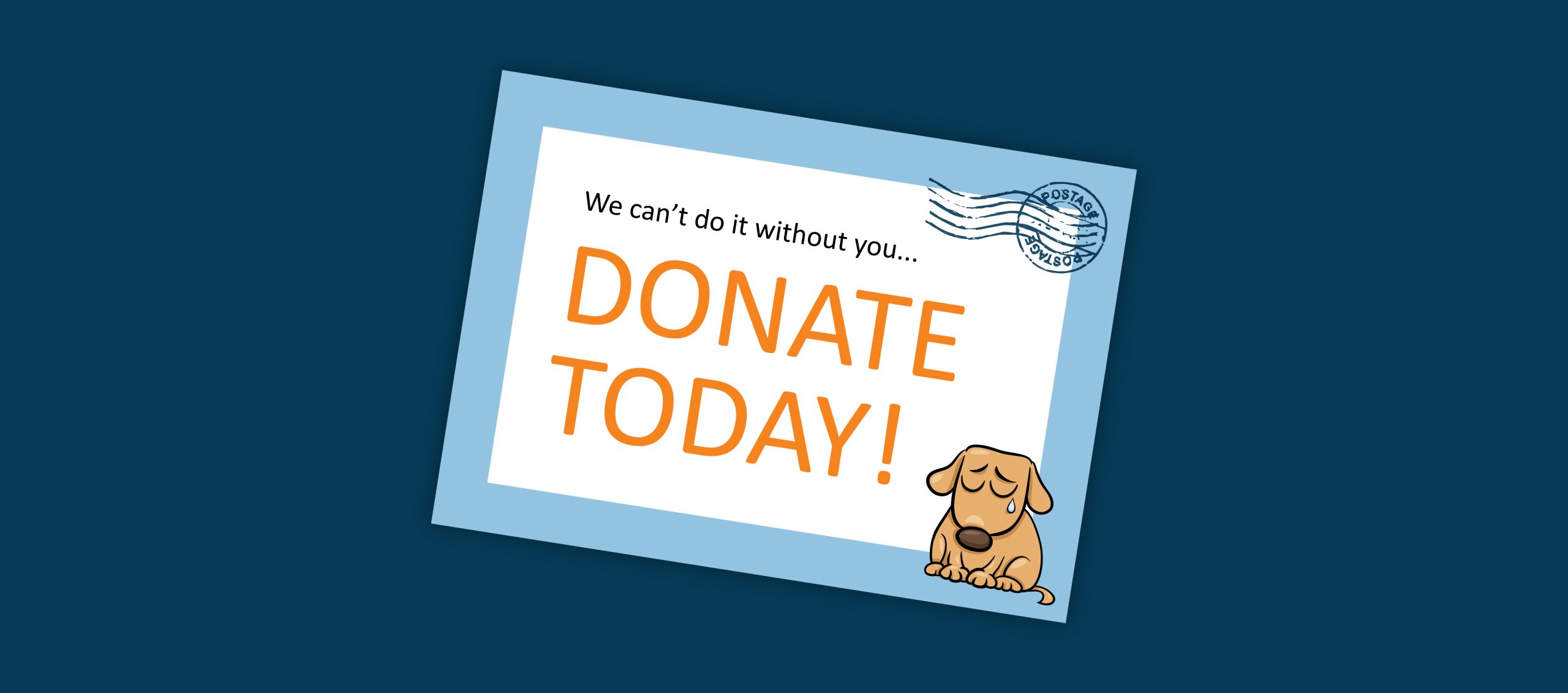The Big Story: Hospitals rely on big donors to help ease margin pressure
“Generally, operating margins have been low, so providers have looked to philanthropy to feed the beast, which is the capital-intensive healthcare industry.”
Alignment, differentiation and donors
3-minute read
Your inbox is stuffed like a Thanksgiving turkey with requests for your money – from Black Friday early bird flyers to urgent requests from a host of worthy charities seeking annual financial support.
Your organization may be among the crowd seeking donor dollars.
“Many nonprofit providers have ramped up investment in fundraising campaigns, often targeting high-profile donors, as operating margins have been slow to recover in the wake of the COVID-19 pandemic,” said Modern Healthcare this week.
“Philanthropy is poised to play a bigger role in those systems’ finances as other sources of revenue wane and expenses remain relatively high, analysts and provider executives said.”
In this seasonal student body rush for pledges – and as donations have rarely been more consequential to your mission – how do you stand apart?
After all, nonprofit providers (and their allied foundations or development departments) are little different from many other institutions pursuing charitable giving.
But they have unique challenges and opportunities, too.
At many healthcare organizations, providing corporate philanthropy to benefit the community and raising philanthropic dollars to support care, capital and research are separate and siloed functions.
Community relations on one island, foundation or development shop on another. That creates a confusing message for current and potential donors when public statements are made about how much the health system is giving away at the same time those donors are getting direct mail pieces asking for money.
This is particularly an issue today as hospitals are regularly scrutinized about whether they’re doing their fair share and the public overwhelmingly says hospitals put profits over patients.
Addressing this potential confusion and countering the negative message while also finding ways to stand out from the crowd, takes integration, collaboration…and a little bit of help from the children.
First: Get in harmony
A cohesive strategy and message require cohesive planning. Why not have everyone in the same room to talk it out? Whether you’re a development leader looking to better integrate with the rest of your organization, or a marcom leader convening different departments to align on a strategy and the ensuing messages, here are three sets of questions to jump start that conversation:
- Is there a way for our foundation, community relations and marcom departments to work more closely on our overarching community strategy? What would it look like to have a true partnership in all organizational messaging so the charitable mission is part of the story?
- Many donors today want to support their community and help tackle the broader issues of health, including social determinants. What is our (joint) message to these donors as we ask them to partner with us to help the community? What programs could we fund with philanthropy that are being funded by other organizational dollars today?
- Where are the opportunities to join with donors to broaden our community benefit, so we can free up resources for priorities with less donor appeal – like value-based care?
Second: Learn from the children
More accurately, learn from children’s hospitals.
You know this. You probably have a direct mail piece in your mailbox from a children’s hospital right now (or would, if it wasn’t Sunday). These organizations are clearly doing something right. Look at Shriners, look at St. Jude. Heck, if you Google St. Jude, the sponsored content that shows up first is a list of donor-related links.

Why shouldn’t adult hospitals take a page out of their book? The mission is health and healing, regardless of the age of your patients. Reminding the community that you’re a nonprofit is a powerful counter message to the perception of corporate greed.
In the previous section, we offered questions to ask. Here, we’ll offer three lessons to learn from children’s hospitals.
- Talk about giving. All the time. At children’s hospitals, there is a direct line between the gifts donors give and the care being delivered. At many health systems, there can be a separation between providing care and the role the community plays in sustaining it. Hospital marketing and advertising campaigns can focus on care quality and non-financial benefits to attract patients as an element of patient acquisition, but at children’s hospitals there is a significant emphasis on educating the community to ensure they see themselves as sustainers.
- Connect the mission to the people to the need. Similarly, children’s hospitals connect philanthropic giving with the individual lives improved – or saved. Impact is where it’s at. The overarching theme of public outreach is “we’re in this together, we need your help, here’s what your generosity can do.” Every element of messaging and outreach points back to the singular mission, so prospective donors don’t have to fill in the blanks or wonder how different campaigns connect to each other or the delivery of care.
- Cultivate relationships. It takes time and thoughtful relationship building to get large donations. It can be easy to look at headlines about mega gifts and then turn to the foundation team and say, “Let’s go sell our big idea – because we’re the best – and get some of those!” But those headlines are the outliers. Instead, it’s about the consistent, long-term, relational work of major gift officers, organizational leaders and providers. Coupled with a steady effort to pursue the smaller gifts of $50, $100, $1000, the return is profound and it gives your donors that sense of shared ownership in your mission.
At the heart of successful giving campaigns is a unified message that highlights how each stakeholder – the institution where care is delivered, the donors supporting the mission, the care teams delivering the care and the patients receiving it and fighting for their own health – is one facet of the whole.
The result is a holistic mission and message where everything is so integrated that it’s not even about drawing clear lines between giving and the good work you’re doing, but that those things are all one and the same.
Maybe that’s the differentiator that providers can offer donors: That to give is to join you in providing care.
Contributors: David Jarrard, David Shifrin
Image credit: Shannon Threadgill




